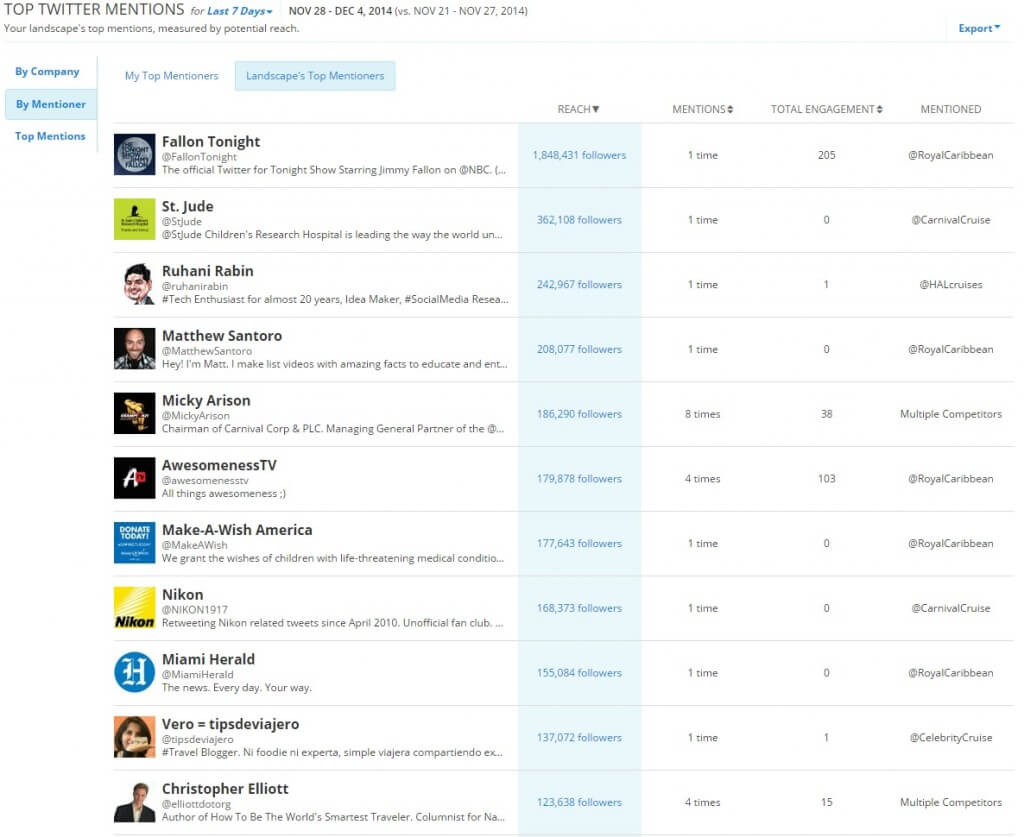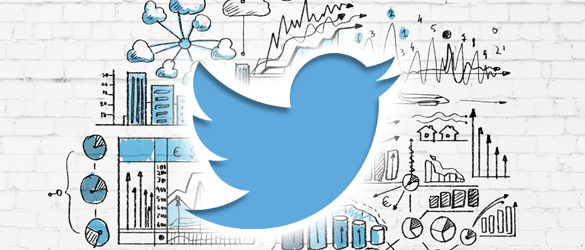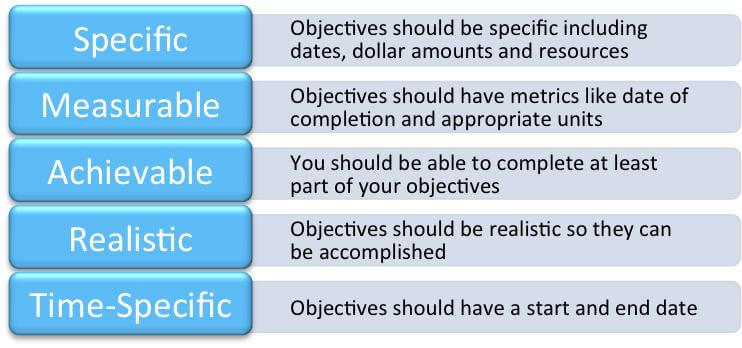If you’re spending money on Twitter campaigns, you absolutely must measure your results.
Much like any marketing strategy, the key to running a successful Twitter campaign is to continuously measure your performance. You can then use this data to revise and improve your strategy.
Here are four steps to building, defining and measuring your Twitter campaigns, starting with defining your goals and determining the correct metrics.
Step 1: Establish clear goals
As the saying goes, start with the end in mind.
The first question you should ask yourself when running a campaign is, “What are my goals?” It’s impossible to determine which metrics are worth measuring if you aren’t certain which results you are hoping to see.
Here are just a few examples of some good goals to keep in mind when planning your campaign.
- Engagement: Social media engagement is critical! Is your campaign resulting in more interaction between your account and other Twitter users?
- Drive traffic: Are people coming to your website or landing page via Twitter? Are they performing the desired task once they land on your site?
- Brand Awareness: How many people are exposed to your ad?
- Influence: How are you comparing to your competitors? Are a lot of people talking about your brand?
- Fans: Is your follower count growing? Are influential people tweeting about your brand?
The process of defining your goals is arguably the hardest and most important component to consider before investing money in a paid campaign. There are few things more frustrating than a campaign that returns results you have little to no interest in. You’ll find yourself with useless data and much lighter pockets.
Step 2: Identify key metrics
Now that you have determined your goals, it’s time to identify which metrics are useful. This is about being efficient. For example, if you are interested in driving traffic to your site or landing page, measuring retweets and shares is most likely not time well spent. Spending time in measuring referral traffic in Google Analytics, however, is extremely productive.
Keeping consistent with the examples of common goals listed above, let’s chat about which metrics are important to consider for each of these goals.
- Engagement: Great metrics to measure are retweets and replies. This data can be easily viewed under the engagements tab in your Twitter campaign dashboard. Also, what engagement rate would make this successful?

- Drive Traffic: If you’re interested in driving traffic to your website or landing page, it’s important to measure both clicks and referral traffic to your website. Like retweets and replies, clicks can also be found under the engagements tab in your Twitter campaign dashboard. To determine referral traffic, look no further than trusty old Google Analytics. Put down a specific traffic increase metric and conversion goal.
- Brand Awareness: If you’d like to measure how many people are exposed to your campaign, impressions (also found in your dashboard) is a key measurement. I would also suggest considering metrics like follower count and engagements. With hundreds of Tweets flooding a newsfeed, it’s likely to miss updates, making impressions alone an unreliable measurement.
- Influence: When measuring influence, it’s important to consider your performance relative to your competitors. Are you the most talked about brand on Twitter in your industry? If the number of mentions increases in the weeks following your campaign, you have strong reason to assume improved influence. This is an achievement that will likely be welcome in every campaign you run.
- Fans: Put a stake in the ground for the quantity and quality of followers you want to add with this campaign.Who is retweeting and engaging with your campaign. Are these people “big hitters” with a strong following? I suggest using a tool like Followerwonk to determine the influence of those spreading your message. You may consider cultivating a relationship with these influential people moving forward. Remember, you can also use the Twitter Mentioners report in Rival IQ to find key influencers talking about you and your competition.

Rival IQ’s Twitter Mentioners feature allows you to see which influencers are talking about you and your competitors.
Note that because organic Twitter traffic to your website is likely, setting up a landing page with a unique URL is a much more reliable way to measure the effectiveness of your campaign.
Step 3: Analyze where you need to improve
While it’s great to understand your campaign’s performance, the work doesn’t stop there. Once you have the metrics at hand, it’s time for the hard work: figuring out how you can improve.
- Was your performance better or worse than the last campaign you ran?
- Were there metrics you should have measured but didn’t?
- Is the content you are sharing having the desired impact on your target audience?
If you spend the time answering these questions, you can optimize your strategy and improve your performance moving forward.
Step 4: Adjust your goals and metrics
Based on your analysis of what worked and what didn’t, adjust the current campaign, or use the learnings to make changes to the next campaign.
As with any Agile Marketing methodology, the key here is incremental improvement, both in your campaign goals and set-up AND in the results!
Remember: set goals, measure, revise, rinse & repeat!
What have you found works for your Twitter campaigns? Please share with everyone in the comments.





